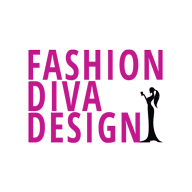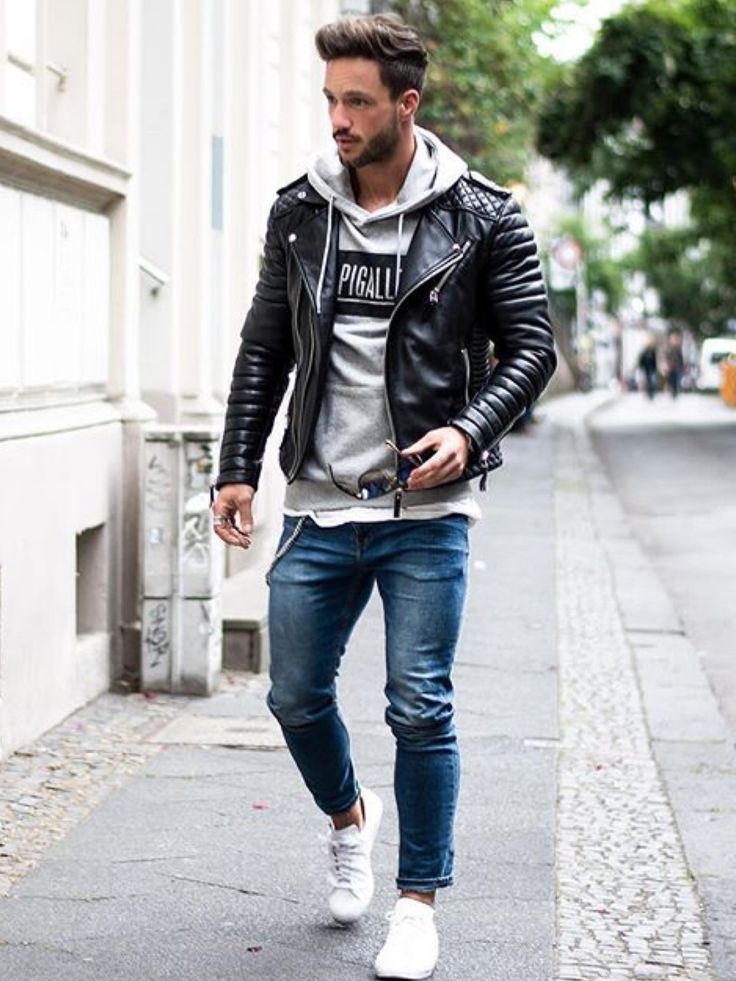The lines between traditional and casual office attire are often blurred in the modern workplace. This makes it far more confusing for men to know what is considered appropriate, especially if they have been newly hired. It is very important for employees to have clear guidelines as to how they are expected to dress.
What can make the entire situation even more confusing is the tendency of different offices to use similar wording that means something entirely different based on who is saying. For example, casual may mean one thing in a Wall Street investment firm and something entirely different at a Miami Beach legal firm. Similarly, professional attire may mean something completely different in Manhattan than Silicon Valley.
Traditional Office Attire
Traditional office attire evokes images of suits, ties, and polished shoes. However, this is not always reflective of the culture of a business. Some corporations are fine with a button-up shirt and no tie while others insist upon a three-piece suit. Regardless of which your company prefers, it will likely be expected that the formality of one’s clothing be something more than polo shirts and khakis.
For a more formal office, it is best to begin building one’s wardrobe with a several tailored suits in neutral colors such as tan, navy, and grey. White button-up shirts with a crisp collar are the standard, especially at first. Ties are an opportunity to show off your individual style, but they should remain somewhat modest. Cap-toe oxfords are the best choice for professional shoes and should be brown or black. Accessories are another option to stand out from the crowd. However, limit yourself to classic pieces that evoke a feeling of authority and sophistication.
Casual Office Attire
Business casual has been undergoing an image makeover recently with many top firms altering their expectations based on the changing preferences of their clientele. What exactly is expected for men when the office policy lists casual dress as appropriate for weekends? Sadly, it doesn’t mean jeans, board shorts, sneakers, or boat shoes.
For most professional environments, business casual means a polo or button up shirt paired with chinos, dress slacks, or khakis and dress shoes. Performance dress shirts are an excellent place to start when building a professional wardrobe for modern times. They provide a wide range of individualistic styling choices while still presenting a professional image. While men are not expected to wear a full suit to work in a business casual environment, they are still expected to look the part of a professional. Again, this depends in part of the standards of the office in question and employees should double check to ensure their personal definition of business casual is in line with that of the company.
If you are unsure and questions about guidelines failed to paint a clear enough picture, it is fine to dress more conservatively until you have experienced the dress code first hand and are more confident of what is expected. Look to those in management positions to get the most accurate idea of how the leaders of the company define casual dress rather than employees with less authority who may be less vested in following procedures.
No Dress Code?
Surprisingly, there are some establishments who do not have a formally outlined dress code policy. This can create a significant amount of confusion for both male and female employees because the definition of professional attire can vary significantly from one person to the next. When you are faced with building a wardrobe for work with no official guidance, start with what makes you personally feel most competent and confident. As long as it is not too far out of line with those in management positions, it will likely be acceptable.
The fashion industry tends to make clear distinctions between business, evening, and casual wardrobes for women that are updated each season. While there are certainly the same types of differences available for men, most are unaware of where to look for inspiration. Those who are eager to make the best impression need to ensure they fully understand what is expected by their employer and then make an effort to keep abreast of the latest associated fashion trends to maintain their professional reputation while highlighting personal style and preferences.

